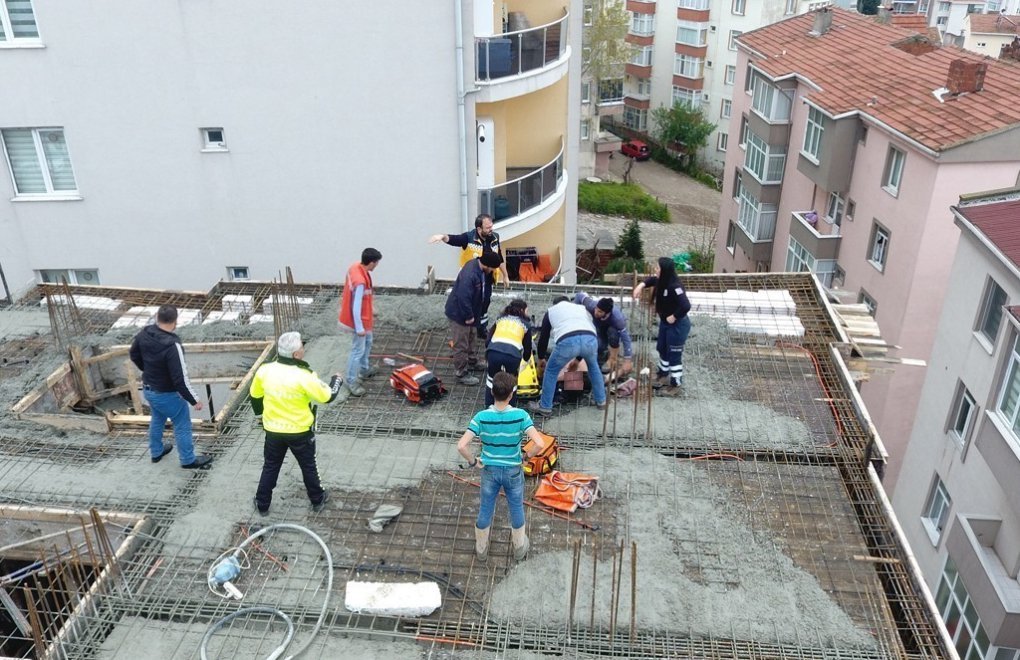Photo: ILO Asia-Pacific/Flickr
Click to read the article in Turkish / Kurdish
At least 106 workers lost their lives in occupational homicides in February, according to the Health and Safety Labor Watch.
With 119 workers killed in January (The İSİG first announced the toll of the last month as 111 but later updated it), the number of workers who lost their lives in two months became 225.
Among the 106 killed workers, 97 were wageworkers (workers and civil servants) and nine were working on their own behalf.
Eight of the killed workers were women and 98 were men.
The highest number of deaths were in the sectors of construction/road, agriculture/forestry, transportation, trade/office/education, healthcare, mining, textiles, metalwork, accommodation, municipality/general works, ship/shipyard and security.
Non-union workers
One third of the occupational homicides were in the construction sector and one third were in the industrial sector. Also, at least four motorcycle delivery workers were killed in the last month. The İSİG also found four motorcycle delivery worker deaths in January.
Nine refugee workers were killed in February. Five of them were from Syria and the others were from Indonesia, Iran, Uzbekistan, Russia and Serbia.
A large majority of migrant workers work informally, according to İSİG.
Only four (3.8 percent) of the workers killed in February were union workers. They were working in the sectors of metal, chemistry and healthcare.
Causes of deaths
The most common causes of deaths were falling from a height, crush/collapse, traffic/shuttle accident, heart attack, Covid-19, explosion/fire, poisoning/suffocation, suicide, violence and being hit by an object.
More than half of the incidents of falling from a height occurred in the construction sector.
Child workers
In February, at least three workers lost their lives while working. One of them was an agricultural worker, one was a motorcycle delivery worker and one was an intern.
Thirty one workers over the age of 51 were killed while working this month. They were workers of agriculture, education, office, metal, construction, transportation, ship and healthcare workers and shopkeepers. The ages of seven killed workers could not be confirmed.
Deaths according to age groups:
15-17 age group: 3 workers
18-27 age group: 14 workers
28-50 age group: 51 workers
51-64 age group: 26 workers
65+ age group: 5 workers
Deaths per cities
The highest number of deaths were in İstanbul, where 25 workers were killed while working.
Six workers were killed in Ankara and Bursa each and four workers were killed in Adana, İzmir and Urfa each. One worker was killed in Northern Cyprus and one was killed in Russia. (HA/VK)








